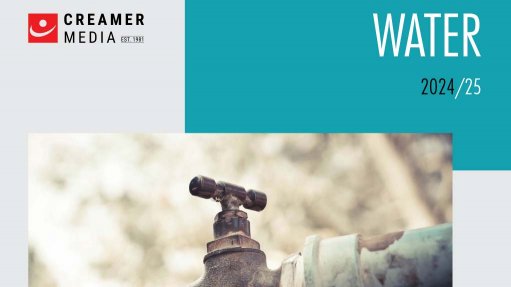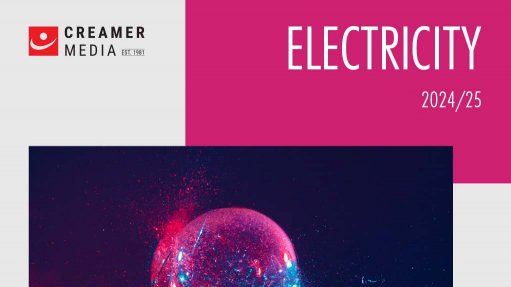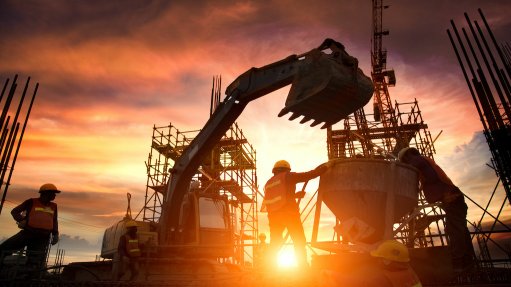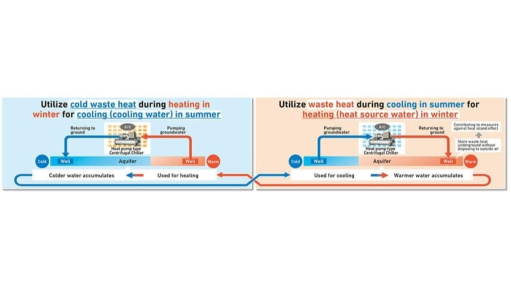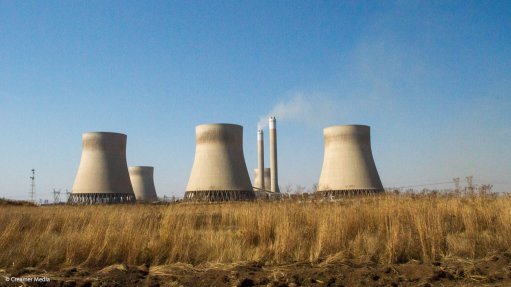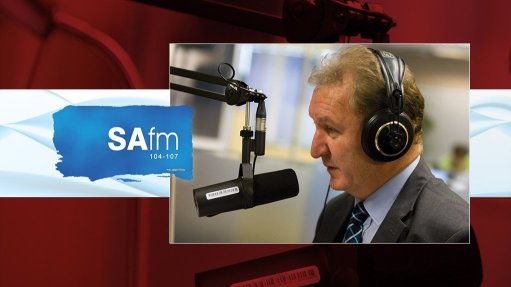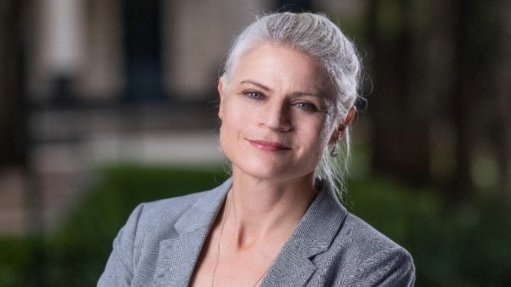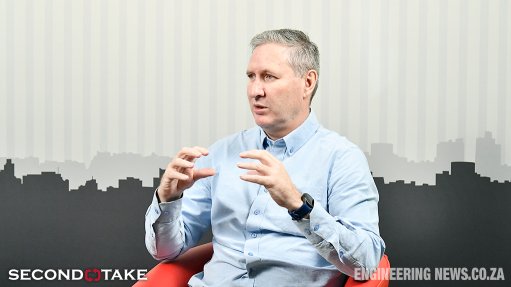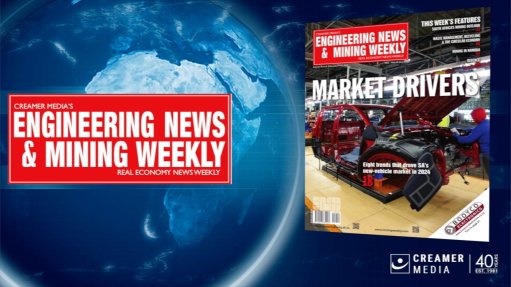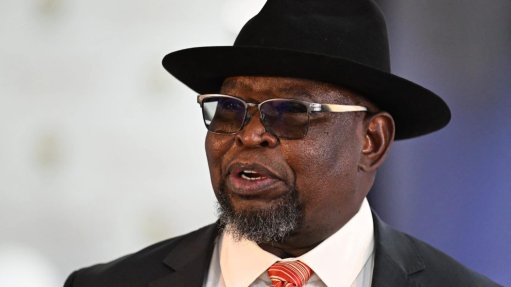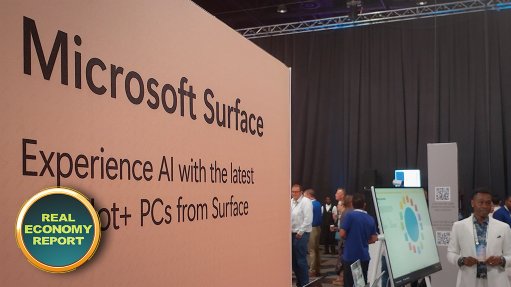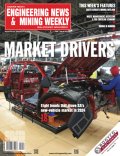VWSA weighs African expansion with new Polo-based product – and yes, it may include a half-ton bakkie
The new CEO of Volkswagen Group South Africa (VWSA) is a familiar face. Martina Biene returns to South Africa following a two-year stint as the head of the Volkswagen passenger brand before her exit in 2020.
This time around, her job also focuses on growing the German brand in Africa, including putting together a sustainable continental assembly strategy.
This would see a strong return for Volkswagen to the goals set pre-Covid under former VWSA boss Thomas Schäfer, now global Volkswagen brand COO.
“As the saying goes, if the boss asks, your only options are to say ‘yes’, or ‘yes, with pleasure’.
I can, however, honestly say that it was a pleasure for me to return to South Africa,” says Biene.
Any African expansion programme should serve to boost VWSA’s production numbers at its Kariega plant, in the Eastern Cape – this in an era where the future of South Africa’s vehicle exports to Europe stands in the shadow of increasingly strict emission regulations.
VWSA currently produces the Polo for the local market and more than 80 export markets, and the Polo Vivo for the local and some sub-Saharan African markets. Production reached about 135 000 units in 2022, with 75% of this number exported.
New European emission regulations include the proposed introduction of Euro VII emission standards (in 2025 for cars, and in 2027 for trucks), which could add a significant cost to any vehicle produced here and shipped north.
Added to this is a planned ban on the sale of new internal combustion engine (ICE) vehicles in Europe by 2035 (2030 in the UK), in favour of electric and hydrogen vehicles.
Europe is South Africa’s biggest new-vehicle export market.
Two vehicle manufacturers assemble hybrids in South Africa, with none making battery electric vehicles (BEVs).
Whether Euro VII will go ahead as planned remains to be seen, as there has been significant pushback from a number of vehicle manufacturers that prefer to direct their investment in a forward-looking manner to BEVs, rather than continuously re-engineering their ICE technology.
Biene says VWSA is currently awaiting certainty on Euro VII implementation, as this may affect the timing of its introduction of a third model at its Kariega plant.
She expects the production decision to be made in the first half of this year.
“If the Kariega plant is filled to capacity with existing products because we can still export to Europe, then we would probably push production of a third model out to later – but only to maximum 2030.
“This scenario will buy us more time to grow the African market.
“We don’t want to rely on exporting to Europe,” she adds. “We would want to do business at home first, which means Africa. Our long-term future is in Africa.”
This philosophy is likely to remain beyond Euro VII and well into the BEV era.
“Shipping vehicles to Europe does not really help our carbon footprint, especially as Volkswagen aims to become a zero-carbon manufacturer,” explains Biene.
“Getting components like batteries from Asia or Europe to here, and then shipping vehicles back is even worse.
“Also, Europe is not currently looking to Kariega to be the next plant to be converted to an EV plant, as there are still plants in Europe which produce combustion engine vehicles and they have to be switched first.”
As it stands, the third model to be introduced at Kariega –whenever that may be – will be developed alongside Brazil on the current Polo platform.
It is expected that Africa, South America and possibly India may, for a while, remain in what is called the combustion belt, as Europe, America and China continue their progression to BEVs. (India could also possibly become a source of more affordable EVs for Africa and the rest of the combustion belt, says Biene.)
“In the Volkswagen group, we look at this belt with ICEs in mind for another model cycle or two, while we look to Europe as using mainly EVs after 2030,” notes Biene.
One of the derivatives of a third model at Kariega may include a half-ton bakkie – both single-cab and double-cab.
The vehicle will be a lower-cost model, aimed at South Africa and the rest of Africa. It has not yet been unveiled by Volkswagen.
For a half-ton bakkie to be feasible in South Africa, however, Biene warns that VWSA would need sales of roughly 20 000 units a year within the domestic market to foot the bill of converting the product to a right-hand-drive vehicle for the local market.
Localising a significant number of parts will also aid in cutting costs.
This is feasible, however, given the fact that the Polo platform is already localised in South Africa, says Biene.
Fourth Model?
Technically speaking, any ‘third Volkswagen model’ produced in South Africa will actually be a fourth model, with the new Amarok now produced locally at the Ford plant in Silverton, alongside the new Ranger – something which Biene believes will boost Amarok sales significantly in South Africa and sub-Saharan Africa.
One of the reasons includes the fact that local production offers the Amarok some pricing benefits in terms of import taxes in a number of African countries.
Rest of Africa
Volkswagen has already expanded into the rest of Africa with semi-knockdown (SKD) plants in Rwanda and Ghana – something which Schäfer made happen before Covid-19 interrupted the process.
Kenya is most likely next, as Volkswagen’s Eastern African hub.
Biene says the Kenyan government is pushing for production beyond SKD assembly, where the vehicle is basically assembled in South Africa, then disassembled and sent to Kenya in a box, where it is then put together again.
In something she calls medium-knockdown (MKD) assembly, the Kenyan government wants some parts in the box to be made locally.
“Many African countries are looking for this – some element of local production as they also want to ensure local job creation.”
Biene says it is possible to enable MKD assembly in Kenya, but notes that Volkswagen would need to see higher sales numbers in the East African country first, and for grey used imports to be cut significantly, or halted completely.
“We do have a threshold where it will make sense financially to move to MKD assembly, and we know already that this is a four-digit number.”
She adds that it is possible for spare parts to be localised first, with parts suppliers then evolving into the production of assembly-line components should they meet Volkswagen’s quality standards.
Biene says she supports Ford’s call for the development of a high-volume rail corridor between Gauteng and Gqeberha.
With 70% of VWSA’s local market in Gauteng, the company would be happy to ferry its vehicles north, while Ford could then send Rangers from its Pretoria plant by rail to the Gqeberha port for export.
This would require significant investment from Transnet, however, with no clear plan visible yet.
Loadshedding is also a problem for VWSA, as well its suppliers, adds Biene.
To the end of November last year VWSA had lost six days, or 1 000 vehicles, to Eskom’s haphazard power supply.
When it comes to black economic empowerment (BEE), Biene says she is a passionate supporter of transformation BEE, but without the unintended consequences that sometimes occur.
“Some regulations are not helping us to create local content and jobs,” she explains.
“Let’s say, for example, we have a small, 100% black-owned company, but it imports 100% of its parts, creating three jobs.
“We then have a multinational company that cannot be 100% black-owned, but which has localised some of its content, creating 40 jobs – just as a random number.
“BEE currently favours the smaller company, which suggest that the policy perhaps needs some tweaking if we look at job creation.”
Road to SA
Biene took a rather interesting road to the automotive industry. She is a theologian by training, which saw her make her first trip to South Africa in 1997 on an internship.
Once she completed her studies, she wanted to determine if she really wanted to enter the church by applying for a number of jobs in various fields. One of her first three attempts delivered results, with Volkswagen giving her the nod of approval.
She entered the company via the now defunct Phaeton badge – Volkswagen’s attempt at creating a super-luxury brand that would tackle the traditional vehicle sales model from a new angle.
Within a small startup team, she was forced to multitask, learning everything about the automotive industry – from legal, marketing, after-sales to human resources.
Comments
Press Office
Announcements
What's On
Subscribe to improve your user experience...
Option 1 (equivalent of R125 a month):
Receive a weekly copy of Creamer Media's Engineering News & Mining Weekly magazine
(print copy for those in South Africa and e-magazine for those outside of South Africa)
Receive daily email newsletters
Access to full search results
Access archive of magazine back copies
Access to Projects in Progress
Access to ONE Research Report of your choice in PDF format
Option 2 (equivalent of R375 a month):
All benefits from Option 1
PLUS
Access to Creamer Media's Research Channel Africa for ALL Research Reports, in PDF format, on various industrial and mining sectors
including Electricity; Water; Energy Transition; Hydrogen; Roads, Rail and Ports; Coal; Gold; Platinum; Battery Metals; etc.
Already a subscriber?
Forgotten your password?
Receive weekly copy of Creamer Media's Engineering News & Mining Weekly magazine (print copy for those in South Africa and e-magazine for those outside of South Africa)
➕
Recieve daily email newsletters
➕
Access to full search results
➕
Access archive of magazine back copies
➕
Access to Projects in Progress
➕
Access to ONE Research Report of your choice in PDF format
RESEARCH CHANNEL AFRICA
R4500 (equivalent of R375 a month)
SUBSCRIBEAll benefits from Option 1
➕
Access to Creamer Media's Research Channel Africa for ALL Research Reports on various industrial and mining sectors, in PDF format, including on:
Electricity
➕
Water
➕
Energy Transition
➕
Hydrogen
➕
Roads, Rail and Ports
➕
Coal
➕
Gold
➕
Platinum
➕
Battery Metals
➕
etc.
Receive all benefits from Option 1 or Option 2 delivered to numerous people at your company
➕
Multiple User names and Passwords for simultaneous log-ins
➕
Intranet integration access to all in your organisation




